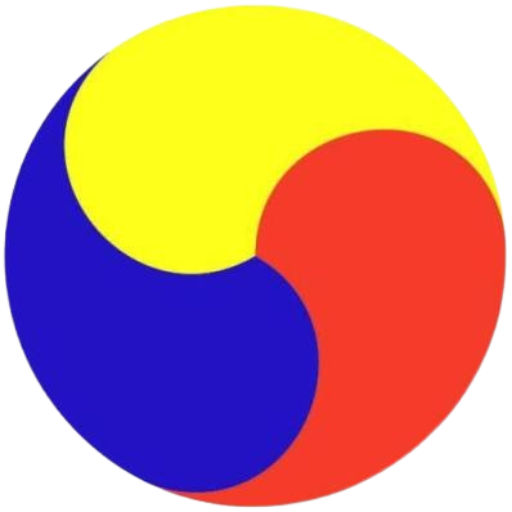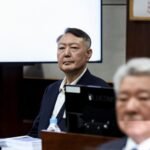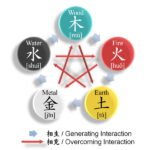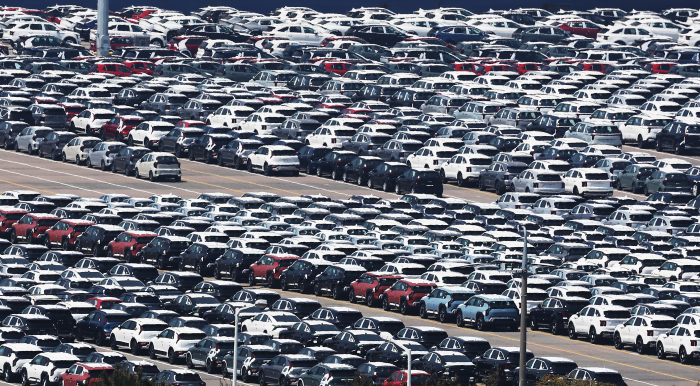
The US has eased tariffs on automotive parts that took effect on May 3, offering a sigh of relief to South Korean suppliers, who said a worst-case scenario under the US tariff policy has been avoided.
Early last week, US President Donald Trump announced modifications to the 25% tariffs on foreign parts used to manufacture cars in the US, aiming to give carmakers time to transition to US-based suppliers.
Under the revised measures, 22 types of Korean-made auto parts, including leaf springs and suspension components, will be exempt from steep import duties for the next two years following the implementation of 25 tariffs on imported vehicles on April 3.
According to the Korea International Trade Association, foreign-made cars containing those Korean components had been at risk of facing double import duties of up to 50% under the original US tariff policy as the parts were classified as derivative products of steel and aluminum.
Under the modified automotive tariffs, however, duties on auto parts equivalent to 15% of the value of a US-made automobile will be suspended for the first year. In the second year, the suspension will be reduced to 10% before being phased out entirely.
The new tariffs will not be applied on top of the existing 10% base tariffs, or the country-specific reciprocal tariffs of up to 50%.
Auto parts from Canada and Mexico in compliance with the US-Mexico-Canada Agreement will continue to be exempt of 25% tariffs.
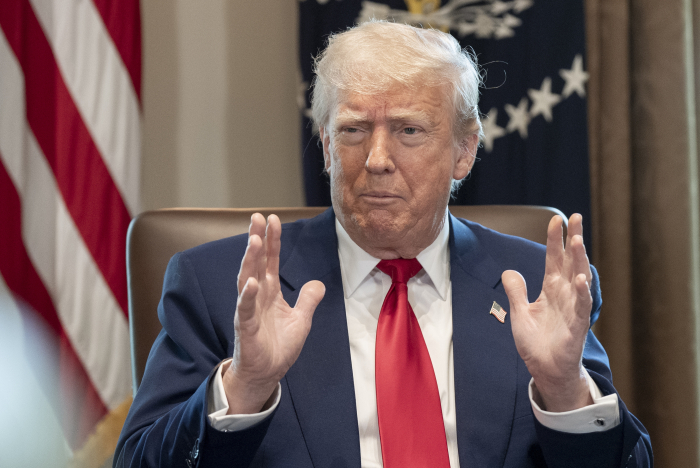
BENEFICIARY OF TARIFFS?
As Trump rolled back parts of his trade policy amid backlash from companies and investors, some economists say South Korea could emerge as a beneficiary of the US tariff measures by stepping in to replace China in parts of supply chains.
“If the US impose uniform tariffs of over 60% on Chinese auto parts makers, some (US automakers) will shift to Korean products, giving Korean suppliers some boost,” said Kim Kyung-yoo, senior research fellow at the Korea Institute for Industrial Economics and Trade.
Trump’s tariffs on China will continue applying on top of auto and parts tariffs.
The US is the largest export market for South Korea auto parts makers. In 2024, it accounted for 36.5% of their overseas shipments, compared to 29.5% in 2020.
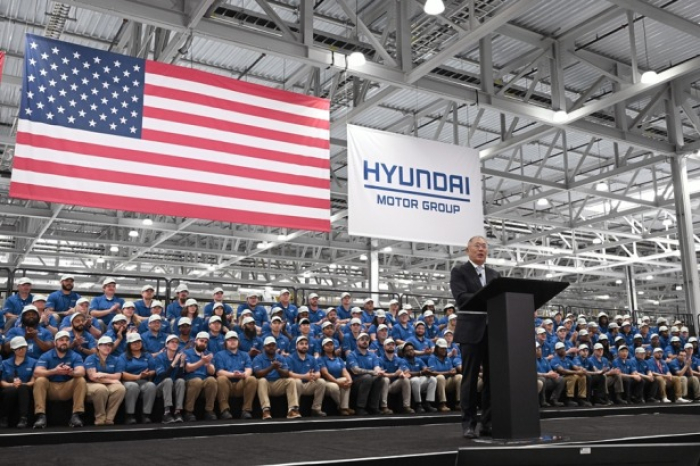
Analysts warn the auto parts tariffs would have a greater negative impact on the US economy than the import duties on foreign-made vehicles.
Carmakers worry the automotive tariffs will drive up manufacturing and repair costs in the US as they may be unable to find new domestic suppliers in the near future.
According to CNN, not a single of the 10 million cars turned out by US plants last year was built without at least some imported parts. The tariffs on parts could now mean tens of billions of dollars in new cost to the industry and eventually to American car buyers and owners.
Even with the modified levies on auto parts, the tariffs could still add an average of about $4,000 per vehicle, according to a CNN analysis of government trade data.
Worse yet, most of their imports from Mexico could not be tariff-free. The country may not be able to meet the requirement that parts suppliers must pay their workers $16 or more an hour under the US-Mexico-Canada Agreement to be eligible for tariff exemption.
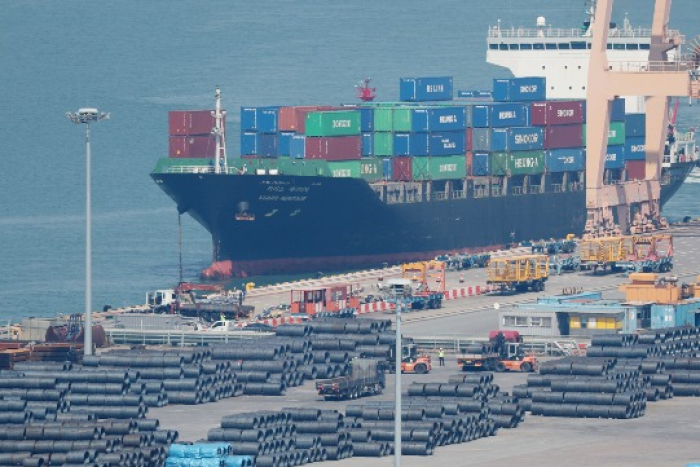
In response to Trump’s warning against top automakers raising prices last month, General Motors Co., Ford Motor Co., Hyundai Motor Co. and other automakers have pledged not to raise vehicle prices in the US for several months.
But eventually, they may have no choice but to pass tariff-related cost increases onto customers, which will likely end up pushing up repair prices and insurance premiums, adding to inflationary pressures.
According to Nikkei, 169 out of 551 vehicle models registered with the US National Highway Traffic Safety Administration (NHTSA) have parts import ratios exceeding 50%.
Mercedes-Benz topped the list with 90%, followed by BMW at 73%, while Ford, GM and Nissan each had around 60%. Hyundai’s import ratio was in the 50% range.
By Jung-Eun Shin
newyearis@hankyung.com
Yeonhee Kim edited this article.
